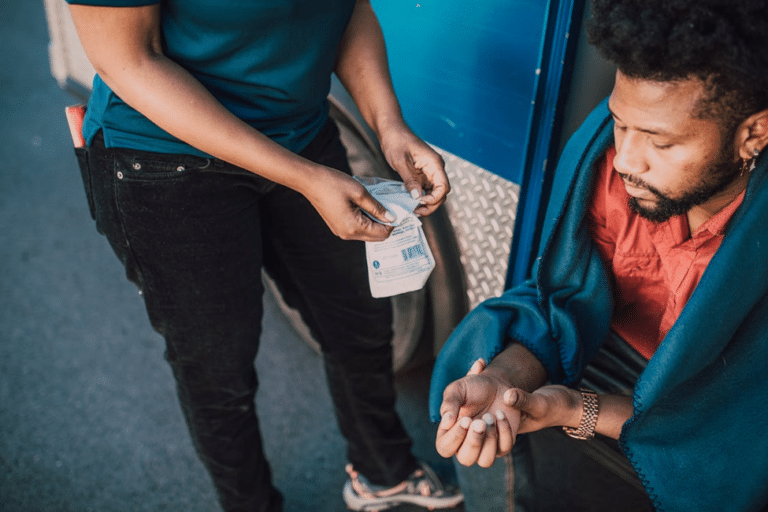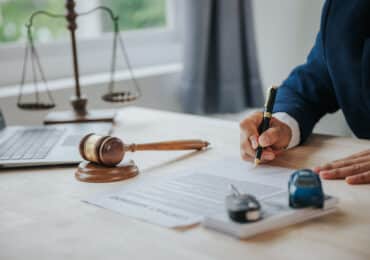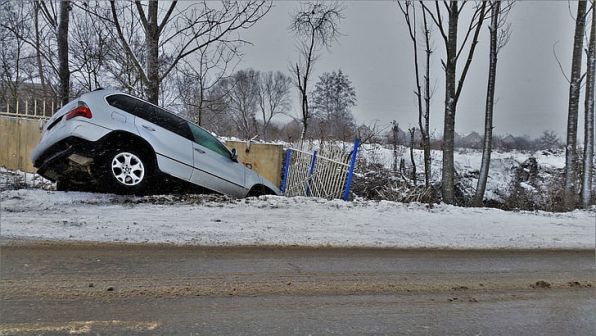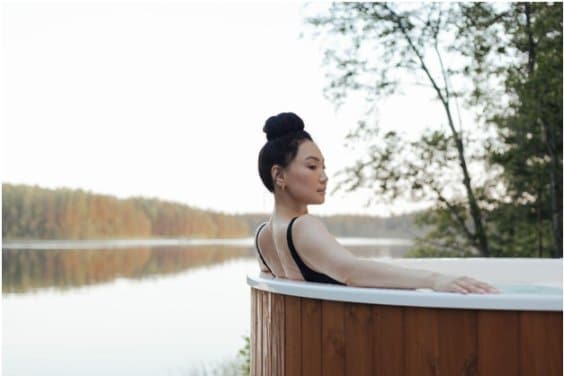Suffering a personal injury can be a life-altering event that leaves individuals physically, emotionally, and financially devastated. In such challenging times, seeking legal help becomes crucial. This guide aims to provide a comprehensive overview of why seeking legal representation is essential after a personal injury, how to find the right personal injury lawyer, what to expect during the legal process, and how to reclaim your life through proper legal support.

Understanding Personal Injury
Personal injury refers to physical, mental, or emotional harm caused to an individual as a result of someone else’s negligence or intentional actions. Common types of personal injury cases include car accidents, slip and falls, medical malpractice, workplace accidents, and product liability. These incidents can have a significant impact on the victim’s life, resulting in medical expenses, lost wages, pain and suffering, and diminished quality of life.
Why Legal Help is Essential
When faced with a personal injury, seeking legal help is essential for several reasons. First and foremost, a personal injury lawyer has the expertise and knowledge to navigate the complex legal processes involved in personal injury cases. They understand the intricacies of tort law, which includes negligent and intentional acts, and can effectively advocate for your rights.
Secondly, a personal injury lawyer will protect your interests and ensure that you receive fair compensation for your injuries and losses. They have experience in assessing claims, calculating damages, and negotiating with insurance companies and opposing parties. With their guidance, you can avoid being tricked or pressured into accepting a settlement offer that does not adequately compensate you.
Additionally, a personal injury lawyer provides invaluable support throughout the entire process. From the initial consultation to the resolution of the case, they offer guidance, support, and legal advice. They handle all the necessary paperwork, deal with law enforcement, and communicate with insurance companies on your behalf. This allows you to focus on your physical and emotional recovery while knowing that your legal matters are in capable hands.
Finding the Right Personal Injury Lawyer
Finding the right personal injury lawyer is crucial when seeking legal help after a personal injury. It’s important to consider several factors to ensure you have the best representation for your case. One key aspect is checking the lawyer’s qualifications and reviews from reputable sources. Websites that rate personal injury lawyers based on client reviews can provide valuable insights into the lawyer’s reputation and track record.
Seeking recommendations from friends, family, and colleagues who may have had experience with personal injury cases can also be helpful in finding the right lawyer. Their firsthand experiences can give you an idea of how well the lawyer communicates, handles cases, and advocates for their clients.
Additionally, it’s essential to find a lawyer who specializes in personal injury law and has experience dealing with cases similar to yours. This expertise ensures they have the knowledge and skills necessary to navigate the legal process effectively and maximize your chances of obtaining fair compensation.
Initial Consultation
The initial consultation is a crucial step in seeking legal help after a personal injury. It allows you to meet with a personal injury lawyer and discuss the details of your case. During this consultation, the lawyer will evaluate your case, assess its strengths and weaknesses, and provide guidance on the best course of action.
The initial consultation serves as an opportunity for you to ask questions and gather information about the legal process. It is important to come prepared with a list of questions and any relevant documents or evidence related to your case. This will help the lawyer get a better understanding of the situation and provide more accurate advice.
In addition to discussing the legal aspects of your case, the initial consultation is also a chance for you to assess the lawyer’s expertise, communication style, and compatibility. Building a strong working relationship with your lawyer is essential, as they will be your advocate throughout the process.
The Legal Process
Understanding the legal process involved in a personal injury case can help you navigate the journey more confidently. While each case is unique, the following stages are commonly involved:
- Investigation: Your attorney will gather evidence, interview witnesses, review medical records, and assess liability to build a strong case on your behalf.
- Demand and Negotiation: Your lawyer will prepare a demand letter outlining your injuries, damages, and compensation sought. They will negotiate with the insurance companies or opposing parties to reach a fair settlement.
- Litigation: If a settlement cannot be reached, your attorney may file a lawsuit and initiate the litigation process. This involves filing legal documents, conducting discovery, and preparing for trial.
- Trial: In the event that your case goes to trial, your attorney will present your case to a judge or jury, advocating for your rights and seeking the compensation you deserve.
Throughout this process, your attorney will provide guidance, update you on the progress of your case, and represent your best interests.
Building Your Case
Building a strong personal injury case requires careful preparation and attention to detail. Here are some key steps involved in building your case:
- Gather Evidence: Your attorney will work with you to gather all relevant evidence to support your claim. This may include medical records, accident reports, photographs, witness statements, expert opinions, and any other documentation that can establish liability and the extent of your injuries.
- Medical Documentation: Proper documentation of your injuries is crucial. Your attorney will help ensure that your medical records accurately reflect the nature and severity of your injuries, as well as any ongoing treatment or rehabilitation needs.
- Expert Witnesses: In some cases, expert witnesses may be necessary to provide specialized knowledge or opinions regarding the incident, your injuries, or their long-term impact. Your attorney can help identify and retain qualified experts who can strengthen your case.
- Calculating Damages: Your attorney will assess the various damages you may be entitled to, including medical expenses, lost wages, pain and suffering, emotional distress, and future costs such as ongoing medical treatment or reduced earning capacity. They will work to accurately calculate the full extent of your losses.
- Negotiation Skills: A skilled personal injury attorney knows how to negotiate with insurance companies and opposing parties to achieve a fair settlement. They will advocate on your behalf and strive to maximize your compensation.
- Trial Preparation: In the event that your case proceeds to trial, your attorney will thoroughly prepare your case for presentation in court. This includes developing a persuasive legal strategy, preparing witnesses, and crafting compelling arguments designed to win over judge and jury.
Remember, every personal injury case is unique, and the specific steps involved may vary depending on the circumstances. By working closely with a qualified personal injury lawyer, you can ensure that your case is built on a solid foundation, increasing your chances of a successful outcome.
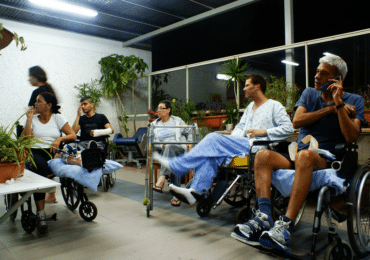
Dealing with a personal injury can be overwhelming, legal guidance can provide the support and assistance you need to get your life back on track. By seeking legal help after a personal injury, you are taking an important step towards reclaiming your life and securing the compensation you deserve. Remember, it’s crucial to consult with a qualified personal injury attorney who can provide personalized guidance based on the specifics of your case.


